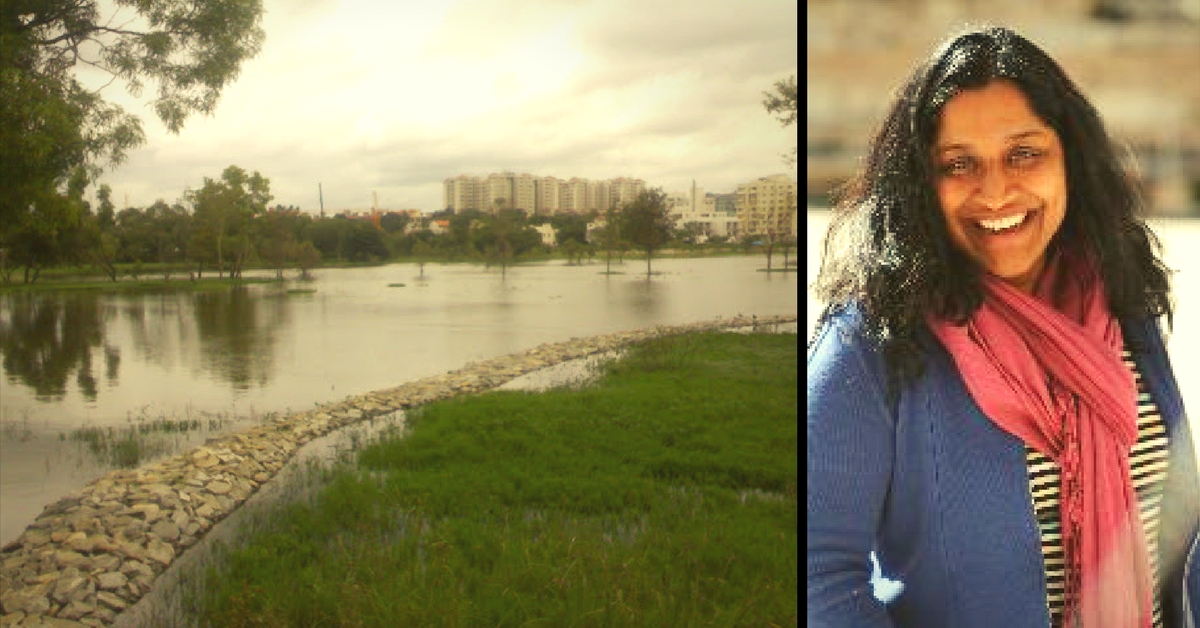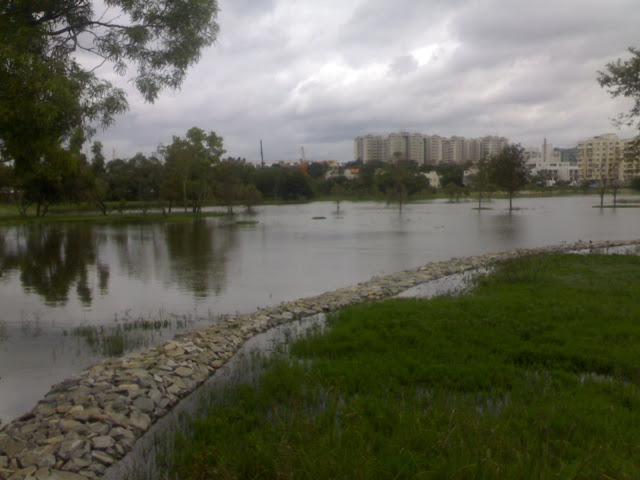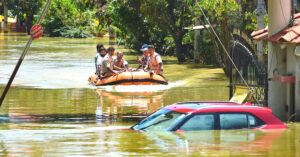How a Documentary Filmmaker Revived a Dead Lake in Bengaluru
Today, the serene lake is not just a welcome haven for people, it is also host to birds, fish and snakes.

Six years ago, Kaikondrahalli lake in Bangalore was a marshy, polluted cesspool. When Priya Ramasubban, a filmmaker, saw its condition she immediately wanted to intervene and change the face of this man made lake that was built hundreds of years ago.
“One day I was taking a walk near that lake and I saw the most amazing thing ever – hundreds of beautiful dragonflies so close to my face. I just knew I wanted to do something for the lake,” she exclaims. “But,” she adds, “I needed a team to support me in this.”

Photo: Twitter
Priya then contacted her friend Ramesh Sivaram who knew many people in the nearby area. He helped her get people’s attention to the condition of the lake. Armed with a report on the lake by BBMP, the municipal corporation of Bengaluru, Priya collected a team of people around her and started visiting officials in government departments. Gradually, many environmentalists like Yellapa Reddy, Dr. Harini Nagendra, and Dr. Subbu Subramanya joined hands too and the work of lake revival began.
The team would go from one government department to another to garner BBMP’s support, and finally they got one officer on board. The government had already made a plan to rejuvenate the lake but this wasn’t the way Priya wanted to approach the issue.
“They had a pure engineering approach while we wanted more space for the water body and a bio diverse, rejuvenating project,” she says.
The team then went back to BBMP’s office and presented the new plan. The municipal authorities responded positively.
The rejuvenation project started by fixing the boundaries, followed by diverting the sewage line that contaminated the lake. An architect, Vasu, was also brought into the picture. And finally, in 2008, the actual on-ground work began.

Photo: Rainwater Club
The team shot down BBMP’s idea of jetty rides and an ornamental garden and made more walking and water space. The team members would work in shifts to supervise the work done by the contractors so that everything went according to plan. The next two years were spent in dewatering, desilting and constructing the area around the lake.
After the rejuvenation process was over, the team waited for the monsoon. The first and second month of the season passed with hardly any rain and there was still no water in the lake. Just when disappointment was beginning to set in, the heavens opened up in the third month and water came gushing in from an upstream lake.
Gradually, more and more people, and birds as well, started visiting this revived water body.
After seeing the efforts of Priya and her team, many people joined hands to take care of the lake. Today, it hosts fish, frogs, over 40 species of birds, and even snakes. An amphitheatre has also been built near the lake for cultural events.
The once dead lake is now a serene body, thanks to the dedicated work and persistence of many Bengalureans – a perfect example of community engagement.
Like this story? Or have something to share? Write to us: [email protected], or connect with us on Facebook and Twitter (@thebetterindia).

Similar Story

Bengaluru’s Rain Nightmare: ‘Zenrainman’ Shares 6 Ways to Stop Floods from Repeating
S Vishwanath, a civil engineer and urban-regional planner with over three decades of experience in the water and sanitation sector explains what Bengaluru must do to prevent flooding and water-logging.
Read more >
If you found our stories insightful, informative, or even just enjoyable, we invite you to consider making a voluntary payment to support the work we do at The Better India. Your contribution helps us continue producing quality content that educates, inspires, and drives positive change.
Choose one of the payment options below for your contribution-
By paying for the stories you value, you directly contribute to sustaining our efforts focused on making a difference in the world. Together, let's ensure that impactful stories continue to be told and shared, enriching lives and communities alike.
Thank you for your support. Here are some frequently asked questions you might find helpful to know why you are contributing?


This story made me
-
97
-
121
-
89
-
167












